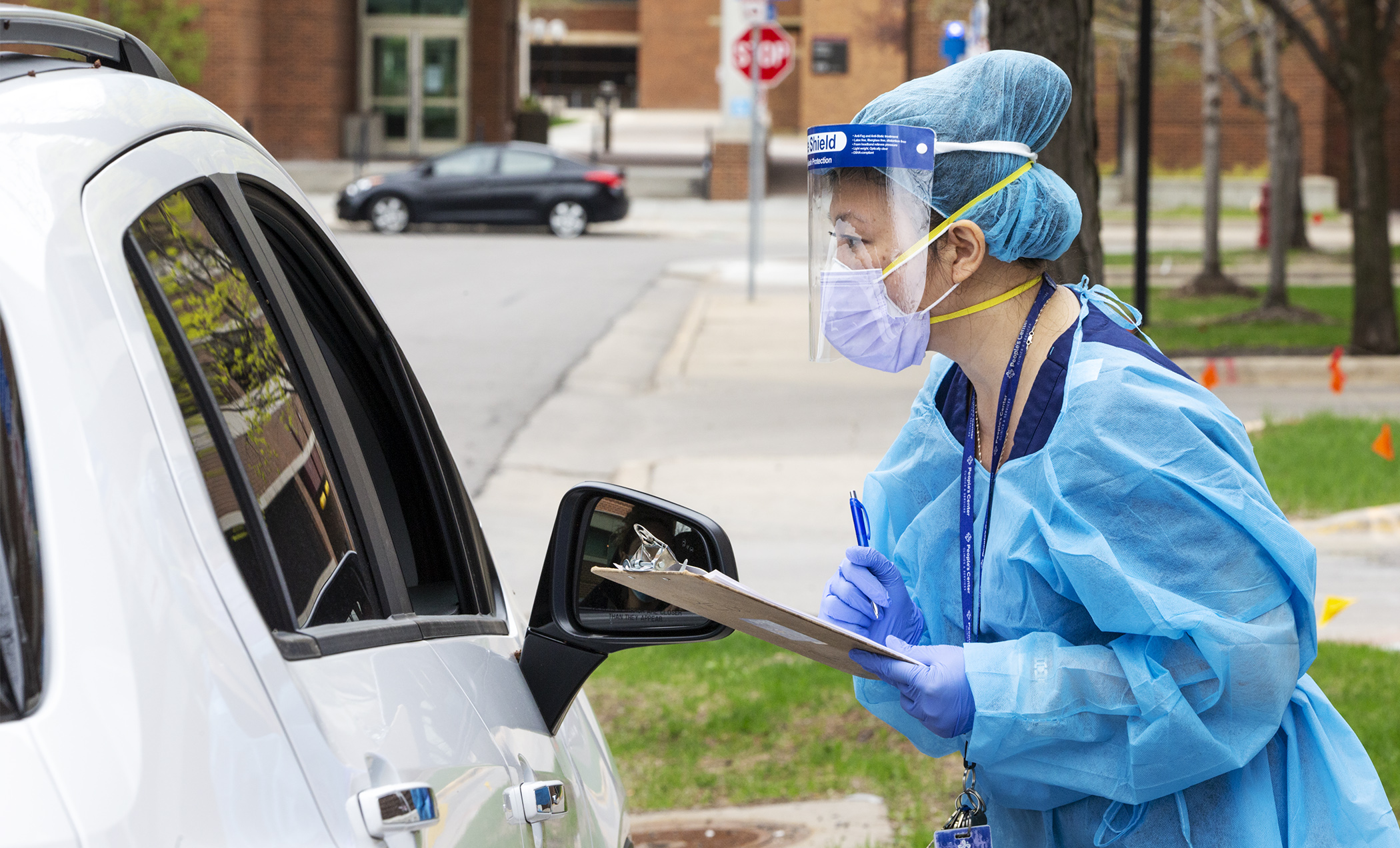COVID-19's impacts on MN health care spending complex – and long-term effects unknown

It will probably be years before economists are able to examine the full impact of the COVID-19 pandemic on the health care industry, but some initial trends have already emerged that could help guide lawmakers as they make decisions this session.
“Crises are an opportunity to reimagine systems, identify weaknesses and … look forward to a better way of serving the public and Minnesota residents,” Stefan Gildemeister, state health economist, told the House Health Finance and Policy Committee Tuesday.
Particularly in the first part of 2020, Minnesota saw a “substantial decrease” in people accessing health care, and overall spending increases tied to COVID-19 were offset by reductions in other services, Gildemeister said.
This was largely caused by people delaying or avoiding care, whether because of accessibility issues, restrictions on elective procedures, or putting off preventative services, including cancer screenings, well-child visits, and childhood vaccinations.
The impact of those delays is unclear at this point, but could pose future problems – including worse health outcomes and more expensive treatment options – as conditions that would benefit from early intervention could go overlooked for longer periods of time, testifiers said.
Spending on nursing home care declined, but was balanced by an increased home health care spending. Prescription spending was not significantly impacted, but dental services saw a major decrease in spending. Fewer visits in clinical settings were partially, but not totally, offset by increased use of telehealth services, Gildemeister said.
It remains to be seen whether – and how – improved access to telehealth options will improve quality of care and limit health care spending in an ongoing way, he said.
Telehealth will be “a big topic this session,” said Rep. Tina Liebling (DFL-Rochester), the committee chair.
“Clearly the direct and indirect effects of the pandemic really represented a devastating shock to our lives, the economy, and people’s wellbeing,” Gildemeister said. “Overall, I think the pandemic has identified a number of weaknesses that are important for us to think about.”
Related Articles
Search Session Daily
Advanced Search OptionsPriority Dailies
Speaker Emerita Melissa Hortman, husband killed in attack
By HPIS Staff House Speaker Emerita Melissa Hortman (DFL-Brooklyn Park) and her husband, Mark, were fatally shot in their home early Saturday morning.
Gov. Tim Walz announced the news dur...
House Speaker Emerita Melissa Hortman (DFL-Brooklyn Park) and her husband, Mark, were fatally shot in their home early Saturday morning.
Gov. Tim Walz announced the news dur...
Lawmakers deliver budget bills to governor's desk in one-day special session
By Mike Cook About that talk of needing all 21 hours left in a legislative day to complete a special session?
House members were more than up to the challenge Monday. Beginning at 10 a.m...
About that talk of needing all 21 hours left in a legislative day to complete a special session?
House members were more than up to the challenge Monday. Beginning at 10 a.m...